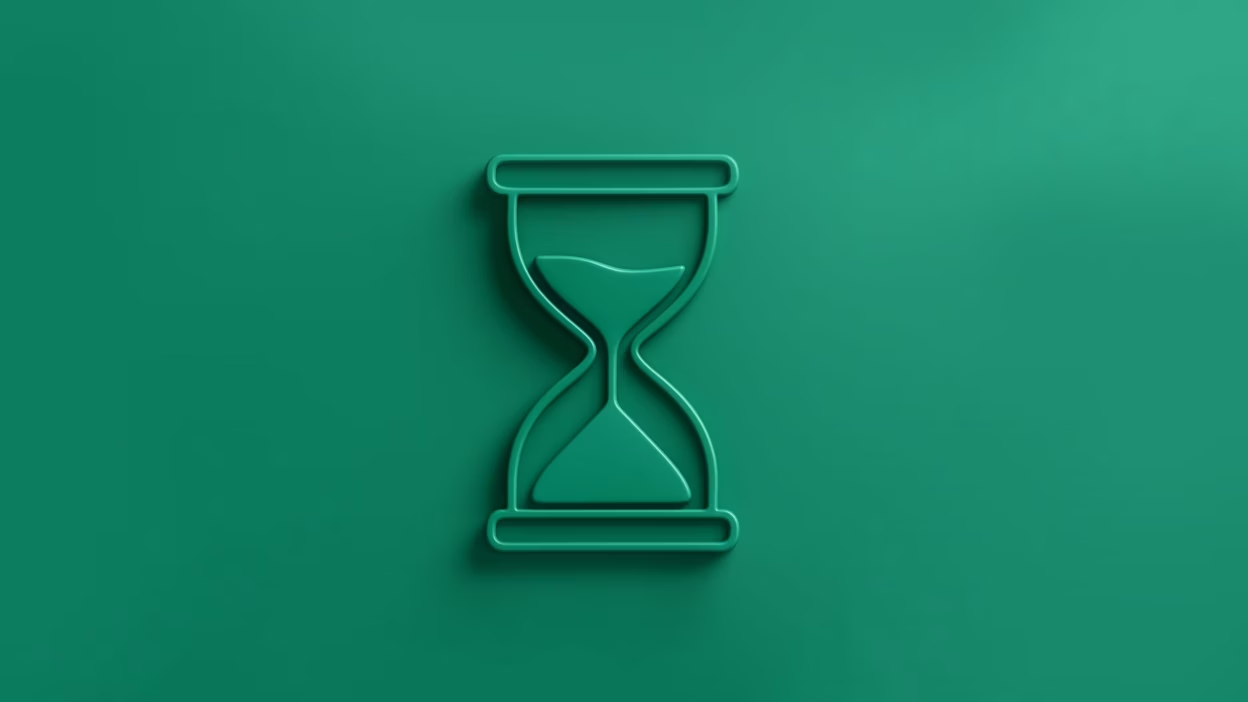The night I Googled “how long does it take to become a data scientist,” I was knee-deep in a Python tutorial that made me feel like I had the IQ of a banana.
The search results didn’t help either.
Some articles promised me I’d be hireable in three months — like data science was some sort of microwave meal.
Others said it would take years, plural, and hinted I’d need a PhD, a published thesis, and maybe a Nobel Prize on my shelf before anyone would even look at my résumé.
So which is it? Three months? Three years? Never?
Here’s the honest answer: It depends — but I can give you a way better map than I had.
Let’s dive in.
Why “It Depends” Isn’t a Cop-Out (And What It Actually Depends On)
I know, I know. “It depends” sounds like one of those slippery non-answers people use when they don’t want to commit to anything.
But when it comes to becoming a data scientist, it really, truly does depend — on you, your background, and your definition of “data scientist.”
Three big factors that quietly shape your timeline:
- Where you’re starting from:
A software engineer learning data science moves differently than a brand-new college grad with zero coding experience. - How much time you can give:
Are you studying 2 hours a week? 20 hours? 50? The timeline warps based on your consistency, not just your calendar. - What kind of job you want:
Some “data scientist” roles are glorified SQL analysts. Others expect you to design deep learning models from scratch. Big difference.
Without these little asterisks, timelines are meaningless.
So let’s ground this with real-world scenarios.
Scenario 1: The Career-Switcher With Limited Time (12–24 Months)
Let’s say you’re working full-time in something not techy — maybe finance, healthcare, education — and you’re carving out nights and weekends to study.
This was me, by the way. And it was slow.
If you can put in around 10–15 focused hours per week, a realistic timeline looks like this:
- Months 1–3: Learn Python + basic stats + SQL basics
- Months 4–6: Start building real projects, focus on Pandas, data cleaning, and storytelling
- Months 7–9: Intro to machine learning (linear regression, decision trees, basic classification)
- Months 10–12: Intermediate projects — predictive modeling, deeper data viz, maybe Kaggle competitions
- Months 13–18: Polish portfolio, start networking hard, maybe internships or freelance gigs
- Months 18–24: Job applications, technical interviews, imposter syndrome breakdowns (and breakthroughs)
Reality check:
Even at the two-year mark, you might not feel “ready.” But you’ll probably be hireable — especially if you can talk about your projects like you actually understand them, not just that you completed them.
Scenario 2: The Full-Time Student (6–12 Months)
If you’re lucky enough to study full-time — either because you’re in school, between jobs, or living that savings-account-hustle life — you can absolutely move faster.
With 30–40 hours a week, you might shape a solid portfolio in 6–9 months, assuming you’re brutally focused.
A quick look at that calendar:
- Month 1: Python + SQL bootcamp
- Month 2: Build first simple project (think: Netflix ratings, bike rentals)
- Months 3–4: Study statistics + machine learning intro, build ML-focused projects
- Months 5–6: Polish storytelling skills (dashboards, presentations, reports)
- Months 7–9: Push hard on internships, freelancing, hackathons, networking
Caution sign:
Speed isn’t everything. I know people who burned through 10 Udemy courses in 8 weeks — and couldn’t explain logistic regression without reading off the screen.
Depth > Speed.
The people who get jobs fastest aren’t the ones who study the most hours. They’re the ones who actually understand what they’re doing — and can show it off without crumbling under questions.
Scenario 3: The Math/CS/Engineering Pro (3–6 Months)
If you’re coming in hot with a solid technical background — you already know how to code, you’re not scared of math, and you’ve dabbled in some data work — congratulations. You’ve unlocked the speedrun category.
I’ve seen friends (and a few ex-coworkers) pivot into junior data science roles in 3–6 months of focused re-tooling.
Their edge?
- They don’t have to “learn to think like a programmer” — they already do.
- They pick up libraries like Scikit-learn or TensorFlow faster because the syntax feels familiar.
- They “get” the math behind models instead of memorizing it.
But don’t get cocky:
These folks still had to grind through domain-specific stuff (business case studies, messy real-world data). Book smarts alone won’t get you through a take-home project full of missing values and inconsistent date formats.
(Those missing values? Like guests who RSVP’d but never showed. Rude.)
How Much Does Perfectionism Delay You?
Let’s talk about the elephant in the Jupyter notebook.
Most beginners — myself very much included — waste months trying to “learn everything first” before they apply for anything.
I thought I needed to fully master deep learning before I could even call myself a “junior data scientist.”
Meanwhile, people with half my skills and twice my nerve were landing interviews.
Here’s the deal:
- You will never know “everything.”
- You don’t need to master every model, every metric, every tool.
- You just need enough to solve real problems and talk about them clearly.
Honestly, half of data science is googling things, checking Stack Overflow, and duct-taping solutions until the plot actually makes sense.
Hiring managers know this. (Because they do it too.)
Your real job isn’t to be perfect.
Your real job is to become useful faster than you become discouraged.
So… What’s a “Normal” Timeline?
Let’s be brutally, lovingly honest.
If you’re studying part-time (~10–15 hours a week), with no previous tech background, and you’re consistent, expect 12–24 months before you feel truly competitive.
If you’re studying full-time (~30–40 hours a week), you might get there in 6–12 months.
If you’re technically trained already, 3–6 months could get you in the door — but you still have to hustle.
Warning: These numbers don’t guarantee a job offer. They just get you in the ballpark where serious applications and interviews start happening.
You’ll also get faster if you:
- Work on public projects (GitHub portfolios win hearts)
- Write about what you learn (LinkedIn posts, blog articles)
- Practice explaining your projects like you’re chatting over coffee, not defending a dissertation
Final Thought: Becoming a Data Scientist Is a Marathon (But You Can Walk It)
I wish someone had told me:
Data science isn’t a checklist you finish.
It’s a skill stack you build and rebuild over time.
You don’t “arrive” at data science like it’s a final destination. You wake up one day, realize you’re solving real problems with data, and boom — you’re in.
The fastest learners aren’t the ones with the best textbooks or the fanciest laptops.
They’re the ones who stay curious longer than they stay frustrated.
If you’re still moving — even slowly, even shakily — you’re already ahead.
TL;DR Quick Hits:
- Part-time learners: ~12–24 months to serious competitiveness
- Full-time learners: ~6–12 months if focused
- CS/math pros: ~3–6 months if pivoting fast
- Speed matters less than real understanding
- Perfectionism kills momentum
- Public projects + storytelling skills = interview gold





